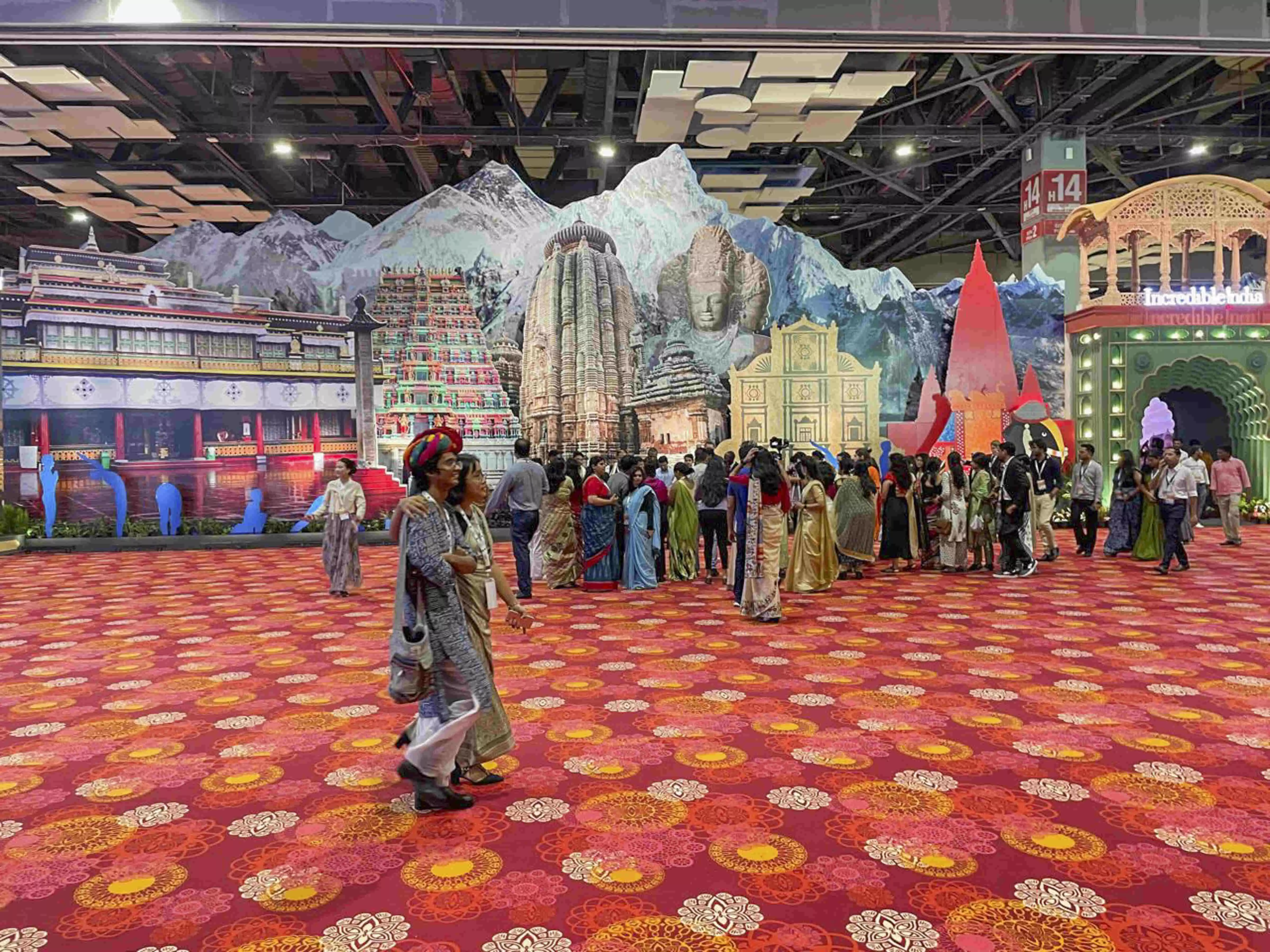Pillars of harmony
At the 46th World Heritage Committee session, India conveyed a monumental message to the fractured world: heritage is not just history but a shared human consciousness

In the heart of a world often torn by conflict, India stands as a living testament to the power of shared heritage. As the nation hosted the 46th Session of the World Heritage Committee, Prime Minister Narendra Modi's words resonated with profound wisdom: "Heritage is not merely history but a shared consciousness of humanity."
Picture, if you will, the sun-baked stones of Jerusalem, where millennia of human drama have played out. Here, in this crucible of faith and conflict, we find a microcosm of our global struggle – and perhaps, a key to its resolution. The disputed grounds of Haram Al-Sharif and the Temple Mount whisper ancient secrets, their very stones bearing witness to both the heights of human devotion and the depths of our divisions.
But what if we could see these sites through a different lens? What if, as Modi suggests, we could lift our gaze above the fray of geopolitics and recognize the threads of our shared story woven through these sacred spaces?
India, with its kaleidoscope of cultures and traditions, offers us a roadmap. Here is a land where the past is not a distant memory but a living, breathing presence. From the sun-washed ruins of Dholavira to the mist-shrouded mounds of Charaideo Maidam, India's landscape is a palimpsest of human achievement.
Imagine standing before the iron pillar of Delhi, its surface unblemished by rust after two millennia. Feel the cool stone of the Kedarnath Temple beneath your fingers, each block a testament to the ingenuity of ancient craftsmen who built without mortar. These are not mere relics; they are bridges spanning the chasm of time, connecting us to the hopes, dreams, and innovations of our ancestors.
India's heritage is not confined to stone and metal. It lives in the lyrical cadences of 22 official languages and over 1,600 dialects. It breathes in the verses of ancient Sanskrit texts and thrums in the rhythms of classical Tamil poetry. This linguistic tapestry is a reminder that diversity is not an obstacle to unity, but it’s very foundation.
As we navigate the turbulent waters of modern conflicts, from the trenches of Ukraine to the embattled streets of Gaza, India's message of "Vikas bhi, Virasat bhi" (development as well as heritage) offers a beacon of hope. It reminds us that progress need not come at the cost of our past, that we can build our future on the bedrock of our shared history.
Consider the return of over 350 ancient artifacts to India in recent years. Each piece is more than a museum curiosity; it is a thread rewoven into the fabric of India's cultural narrative. This global gesture of respect for history points to a growing recognition of our interconnected heritage.
India's commitment to preserving this shared legacy extends beyond its borders. From the intricate carvings of Angkor Wat to the serene stupas of Myanmar, Indian expertise has helped safeguard the world's treasures. This is not mere altruism; it is a recognition that each nation's heritage is a chapter in our collective human story.
As we stand at this crossroads of history, with the UNESCO World Heritage Site newly christened in Assam and the pyramids of Charaideo Maidam poised to join this illustrious list, we are reminded of the power of heritage to unite. These sites are not just India's treasures; they belong to all of humanity.
Imagine a world where the disputed sites of Jerusalem are viewed not as battlegrounds, but as shared sanctuaries of human spirituality. Picture diplomats and peacemakers walking the ancient streets, their steps echoing those of pilgrims, traders, and scholars who came before them. In recognizing our shared heritage, we might find the key to unlocking seemingly intractable conflicts.
India's approach to heritage offers a template for this vision. The Kashi Vishwanath Corridor, the Ram Temple in Ayodhya, and the revived Nalanda University campus are not just architectural marvels; they are bridges between past and present, tradition and innovation. They embody a philosophy where progress and heritage walk hand in hand, each strengthening the other.
As we celebrate the World Heritage Committee, let us heed Modi's call to see heritage as a unifying force. Let us recognize that in the intricate carvings of Khajuraho, the celestial alignments of Jantar Mantar, and the serene beauty of the Taj Mahal, we find not just India's story, but chapters of our shared human journey.
In a world often divided by borders and ideologies, heritage stands as a reminder of our common roots. It whispers to us of shared dreams, of the universal human desire to create beauty, to seek understanding, to leave a mark on the world.
As we face the challenges of our time – climate change, political upheaval, technological disruption – let us draw strength and wisdom from our shared heritage. Let us see in each ancient stone, each time-worn text, each traditional melody, a thread connecting us to our fellow human beings across time and space.
India, with its living traditions and forward-looking vision, shows us that heritage is not a relic to be locked away, but a wellspring of inspiration for the future. It is a call to action, urging us to preserve not just buildings and artifacts, but the spirit of human creativity and resilience they represent.
As we stand on the cusp of a new era, let us embrace heritage as our common language, our shared identity. In doing so, we honour not just the legacy of our ancestors, but the potential of our shared future. For in the end, we are all inheritors of this vast, rich tapestry of human experience. And in recognizing this shared inheritance, we may yet find the key to a more harmonious, interconnected world.
The writer, a Senior Journalist and Media Head of IGNCA, can be reached at @AnuragPunetha. Views expressed are personal



